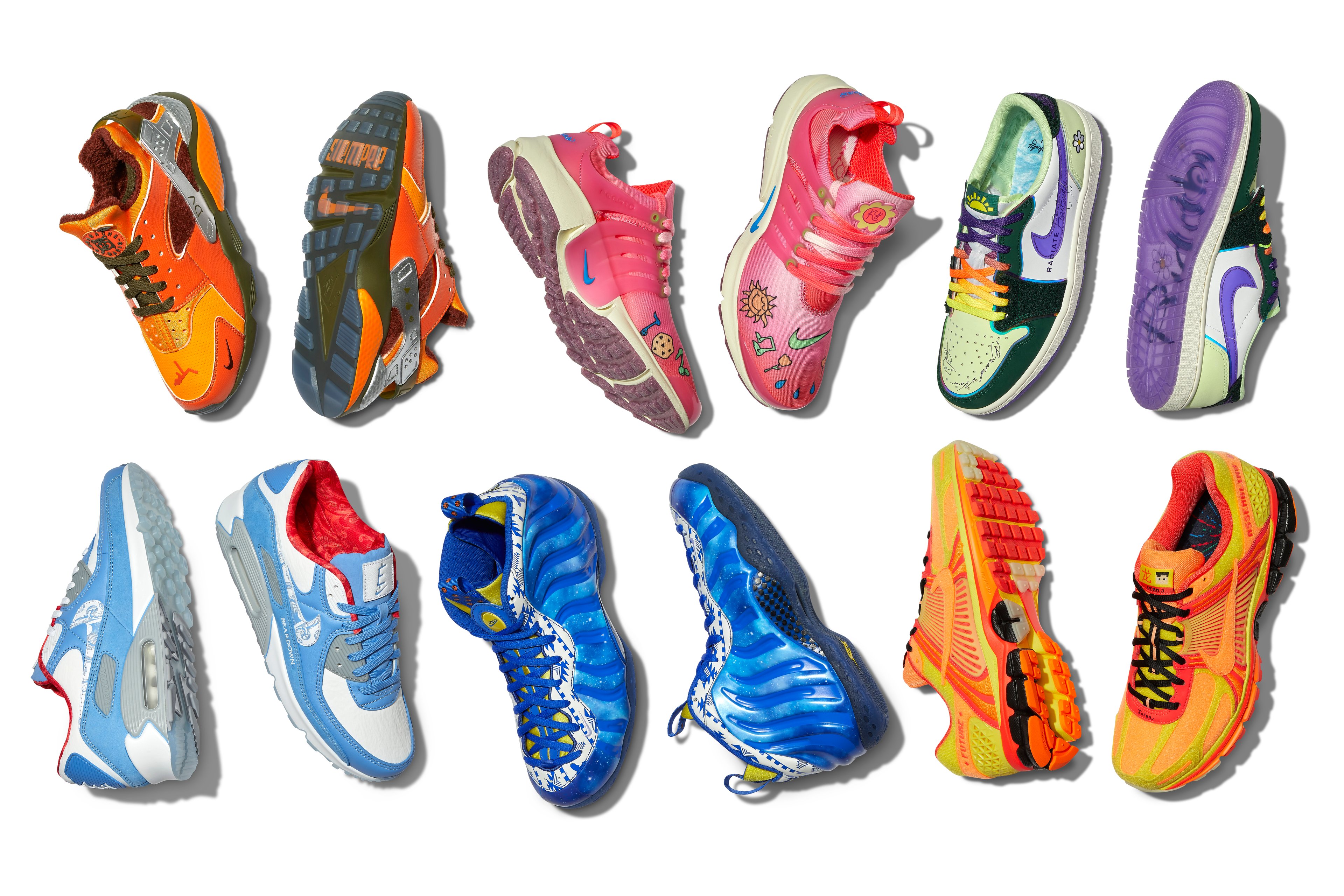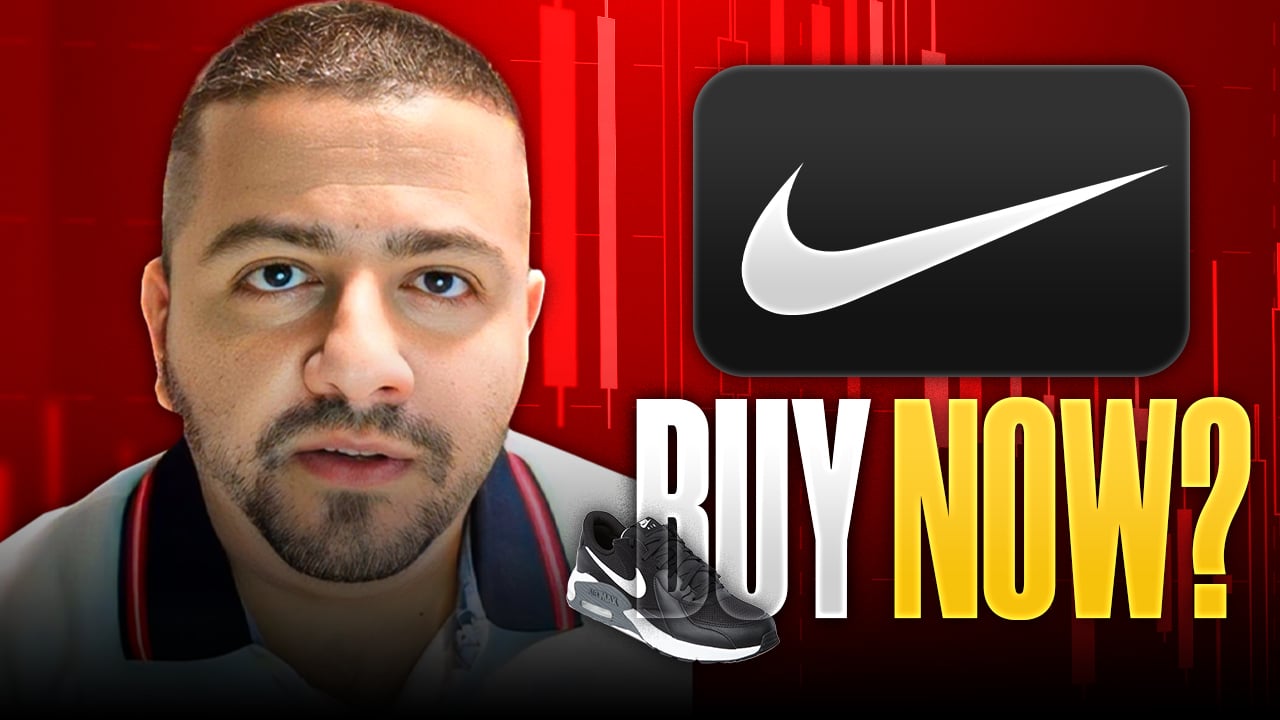It's no secret that Under Armour (UA 0.22%) has been a sports-apparel juggernaut. In less than 20 years, CEO Kevin Plank has gone from selling shirts out of the trunk of his car to helming one of the world's fastest-growing clothing companies, worth nearly $10 billion. Not only has the company been wildly successful in its own right, but it's the first sports brand in a generation to legitimately challenge Nike's (NKE 10.44%) hold on the athletic apparel market.
Under Armour's trademark interlocked UA logo has made its way onto the uniforms of many professional and college sports teams as well as athletes such as Tom Brady, Michael Phelps, and Bryce Harper. Compared to Nike, however, Under Armour is still a featherweight in the industry, with less than 10% of the shoe giant's sales. In the last four quarters, Nike rung up $25.8 billion in revenue versus just $2 billion for Under Armour. Of course, as the more veteran company, Nike should be outselling Under Armour, and it has major advantages, including its international footprint. In its most recent fiscal years, Under Armour brought in just 6% of sales from outside of North America compared to Nike, which made 55% of its sales outside the U.S.
But Nike's biggest advantage may be its domination in marketing and branding, which it's built over the past generation. In this age of outsourced manufacturing, branding, along with design, has come to separate great companies from the merely good ones. And the story of Nike's success as a brand largely comes out of its mastery of one concept -- the celebrity endorsement -- and one celebrity stands out above all others.
It's gotta be the shoes
In the mid-1980s, Nike was a small running-shoe company, struggling to find its identity after the running boom of the 1970s faded. Converse and Adidas dominated the basketball shoe market, and the two reigning stars at the time, Larry Bird and Magic Johnson, both wore Converse. But Nike saw an opportunity in an electrifying young player named Michael Jordan. Jordan had always worn Converse, but Nike sold him on the initial sketches of the Air Jordan shoes, and committed its entire marketing budget for the year, just $500,000, to Jordan.
The relationship with Jordan along with the iconic Jumpman logo and memorable ad campaigns that would follow ("It's gotta be the shoes") launched the brand to new heights, making Nike the de facto choice for style and sport. During Jordan's championship years, from 1990 to 1998, Nike sales grew fivefold from $2 billion to $10 billion, with a notable dip during his absence to play baseball. The chart below shows the sharp rise:
NKE Revenue TTM data by YCharts.
Ten years after Jordan's retirement, his namesake brand is just as powerful. In 2009, sales of the Jordan brand eclipsed $1 billion, and hit $2 billion last year. Like the release of new iPhones, shoppers lined up ahead of time to get their hands on the new Jordans, which they often resold at double the retail price due to a supposed artificial scarcity.
Whose house?
In this age of smartphones and Facebook, television and TV advertising no longer carries the weight that it did in the 1980s and '90s. Pop culture has become fragmented, and young people are more wary of advertising in general. Just as fragmentation in the music industry means there will never be another Beatles, there may never be another Jordan, or an athlete with his star power who can strap a brand to his back and take it to the moon.
Competitors like lululemon athletica (LULU 2.63%) notably shun traditional advertising, focusing on marketing through events and the in-store experience instead. The yoga-apparel brand has taken the sports mantra exemplified by Nike's "Just do it" and Under Armour's "I will" one step further with an entire manifesto, featuring phrases such as "Sweat once a day."
Under Armour seems to get this transition. In a recent article, Plank noted that the market for signing NBA rookies has skyrocketed in recent years, and he seems to think endorsement deals are now overvalued. In 2010, he said Under Armour wanted to sign the No. 2 pick in the draft, Evan Turner. UA had planned to offer him $150,000 a year, but another company came in and paid him $2 million, a large sum for an unproven player. Plank also explained that his company has gotten creative with its celebrity relationships. It's offered Tom Brady, its highest-profile athlete, an equity stake in the company, and given NBA guard Brandon Jennings an office at the company headquarters during the NBA lockout, where he worked with Under Armour's design team. Those unique arrangements add extra value to the company, he believes.
With revenue growth above 20%, Under Armour is not Nike circa 1984, and with plenty of opportunities in new segments and around the globe, it may not need a Jordanesque moment to pay off for investors. The sports apparel market is still growing fast, and there's plenty of profit to go around. But a Jordan-like marketing campaign that galvanizes the brand and resonates with consumers would truly take Under Armour to the next level.









